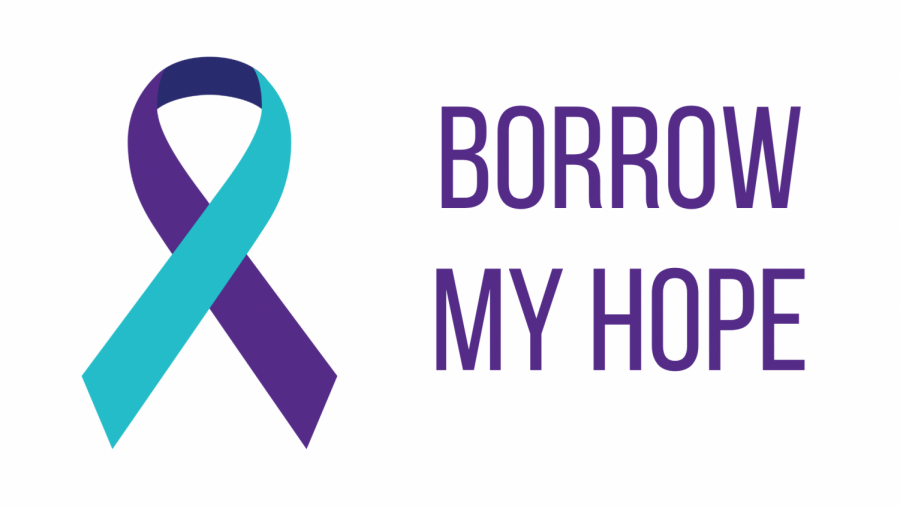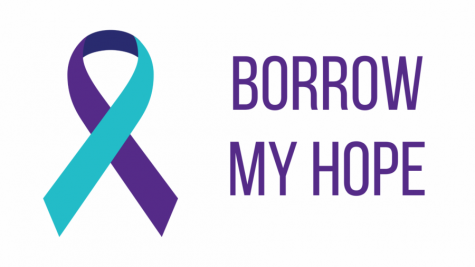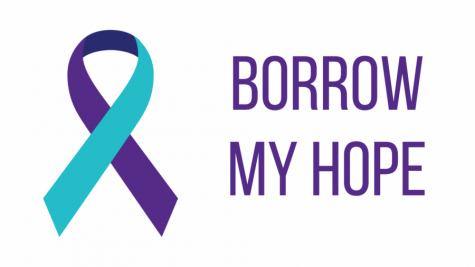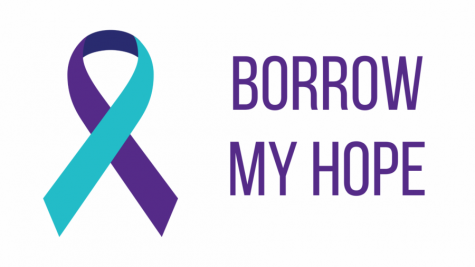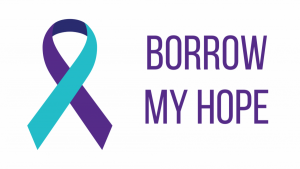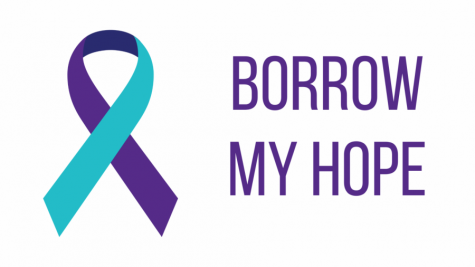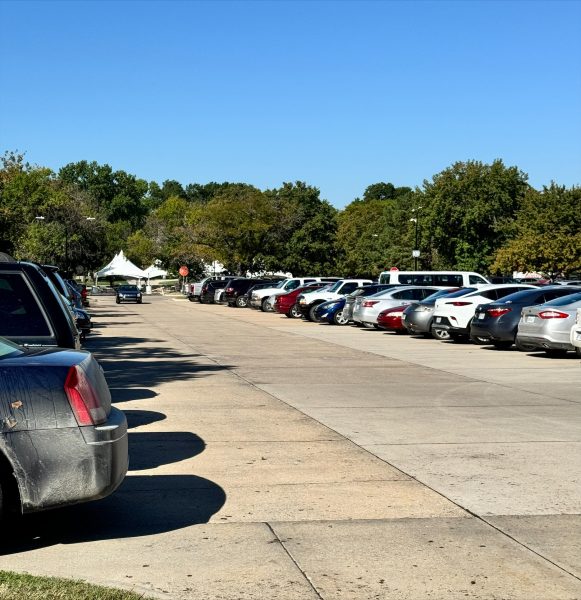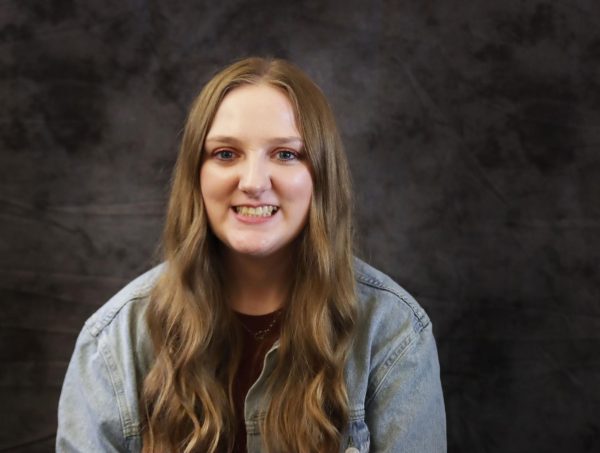Borrow my hope: I’m still here
The teal-and-purple ribbon commemorates lives lost to suicide.
I want to start with a disclaimer. The purpose of this newsletter isn’t to center myself in the conversation about suicide. Nevertheless, I think it helps to have personal experiences be intertwined with broader concepts such as mental health awareness and suicide prevention.
With that in mind, I wanted to talk a little bit today about my experiences with suicidal ideation and coming close to attempting suicide.
I’ve had thoughts of ending my life since 2017, but it wasn’t until August 2018 that I reached out to anyone (specifically the National Suicide Prevention Lifeline) about them. A month later, I told my parents what I was going through, and then I started therapy. I’m proud of myself for taking that step.
The thing is, I still have had many moments in my life since then where I’ve thought about suicide. In fact, in June of this year, I came close to attempting suicide. I stayed in a mental health hospital for three days afterwards.
Then, in early August, I had another crisis, a Monday afternoon where I seriously thought I was going to end things.
This is all to say that suicidal thoughts just don’t end after one crisis. Recovery, as I’ll talk about in a later newsletter, doesn’t follow the myth of being linear, straightforward, or easy.
For me, suicidal ideation has come up whenever I’m facing a lot of pain in my life. Depression, anxiety, distressing intrusive thoughts, loneliness, feelings of emptiness, no longer working with a therapist I was close with, and having problems facing other difficult emotions . . . it all has seemed, to my mind at various points, to be too much to bear.
Whenever people ask me what my strengths are, I struggle to answer them.
But over the past few months I’ve come to realize that I have resiliency. However, does that mean that people who end their lives lack resiliency and are somehow weak?
Absolutely not.
What it does mean is that society needs to find ways of substituting suicide with other ways of coping with life. It’s about allowing people to find the inner resiliency that everyone has. Yes, everyone.
I’m still here. But so is the pain. The pain that’s been with me for the past five or six years. The pain remains. But so do I.
I don’t know what my progress will look like in terms of mental health. I could go forwards, I could go backwards, I could stall where I am. In a way, though, just being here is enough. I’ll repeat that: Just being here is enough.
Your donation will support the student journalists of Washburn University. Your contribution will allow us to purchase equipment and cover our annual website hosting costs.




